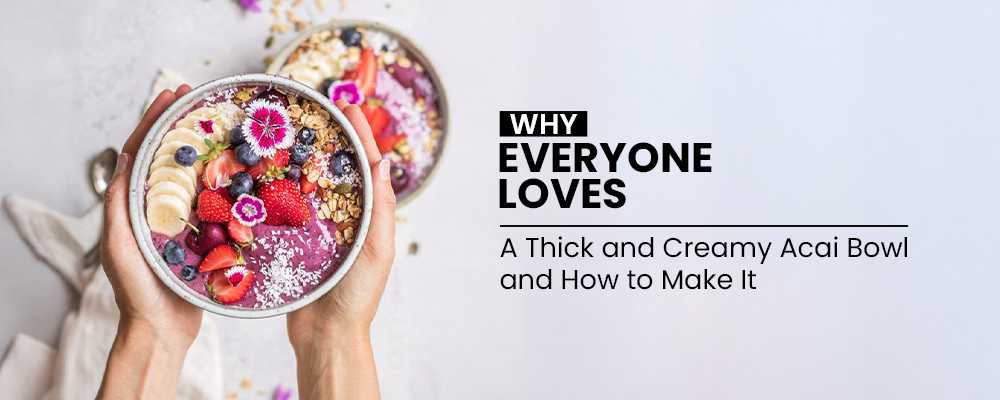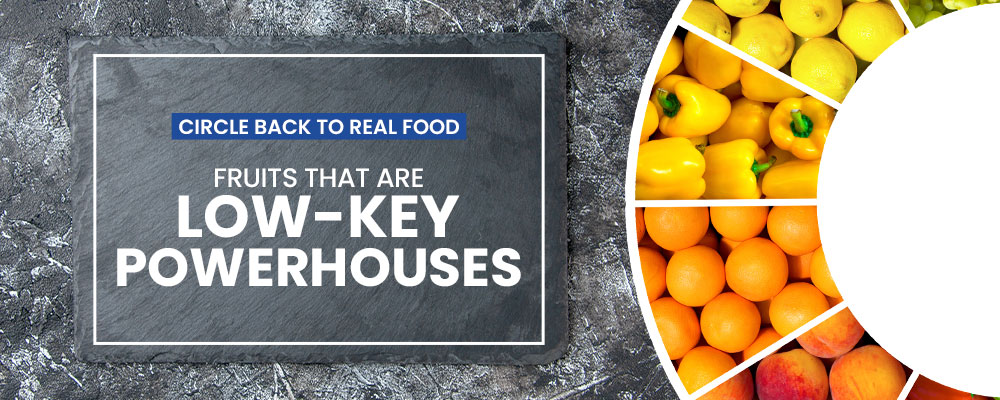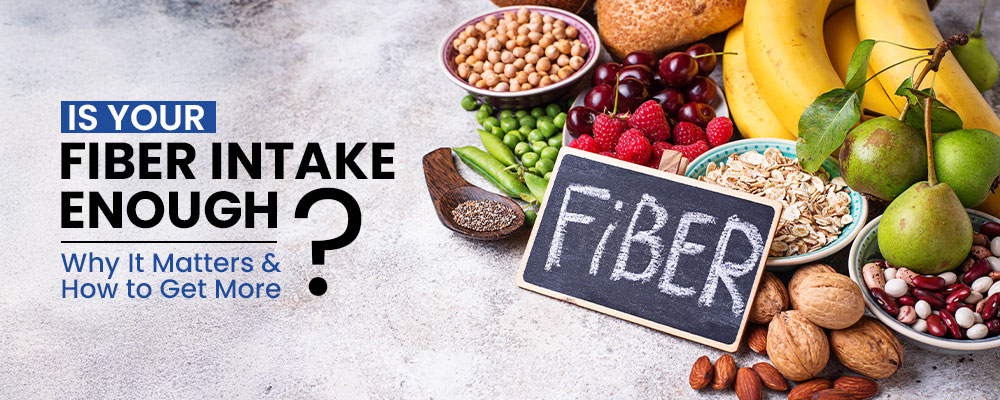Water Based Meals : How eastern food traditions support gut balance

Water Based Meals — How Eastern Food Traditions Support Gut Balance
Read time: 4 minutes
1. Understanding Water-Based Cooking and Why Your Gut Might Thank You
At its core, water-based cooking just means using water, broth, or stock instead of oil and high heat to make your meals. Think steaming, poaching, simmering, and slow boiling—basically, the gentle stuff.
Now, here’s why that matters: when food gets grilled or fried at high temps, it can form compounds like acrylamides and AGEs (Advanced Glycation End-products), which are linked to inflammation. Translation? Your gut has to work overtime to deal with the aftermath. But when you cook with water, you keep things cool, nutrient-packed, and a lot easier on your insides. It’s a quieter, cleaner kind of nourishment—something your body recognizes and knows exactly what to do with.
2. The East Always Knew: Food as Medicine Before It Was a Trend
Long before gut health became a buzzword, water-based cooking was already a staple across Asian cultures. From the slow-cooked lentils of Indian kitchens to delicate steamed dumplings in China and soul-soothing miso soups in Japan, these meals were built for more than taste—they were created for balance, healing, and longevity.
Western kitchens, meanwhile, leaned toward sizzle, crunch, and quickness. And while that gave us fries and flame-grilled burgers, it also left digestion kind of as an afterthought. Fast forward to now, and there’s a definite shift happening. More people are turning toward food that doesn’t just look good on the plate but feels good after you eat it. And surprise—many of those answers were in the East all along.
3. The Gut-Skin Link and the Quiet Power of Cooking Differently
Water-based meals don’t just soothe your digestion—they show up on your skin too. Because when your gut isn’t inflamed or overworked, your body has more space to heal, detox, and glow a little brighter.
Food that’s steamed or simmered retains more hydration, vitamins, and antioxidants. It’s easier to digest, gentler on the gut lining, and helps build up that good gut bacteria everyone’s always talking about. The result? Less bloating, fewer breakouts, and skin that actually reflects how you’re feeling inside. It’s not magic—it’s just cooking that works with your body, not against it.
4. How to Start Without Overhauling Everything You Eat
You don’t need to swap out every meal. Start small—one water-based dish a day, maybe two if you’re into it. Keep things simple, whole, and warming. Use herbs and spices to bring flavor without drowning everything in sauce or oil.
Some beginner-friendly ideas:
- A grain bowl with steamed veggies, a poached egg, and lemon-tahini drizzle.
- Clear broth soup with ginger, garlic, and whatever greens you’ve got.
- Stewed apples with oats, cinnamon, and a spoon of nut butter.
- Poached chicken with turmeric broth and a side of brown rice and greens.
These aren’t “diet” meals—they’re real food, cooked gently, made to nourish. Once you start noticing how you feel afterward—lighter, clearer, a little more grounded—it just might make sense to keep going.




